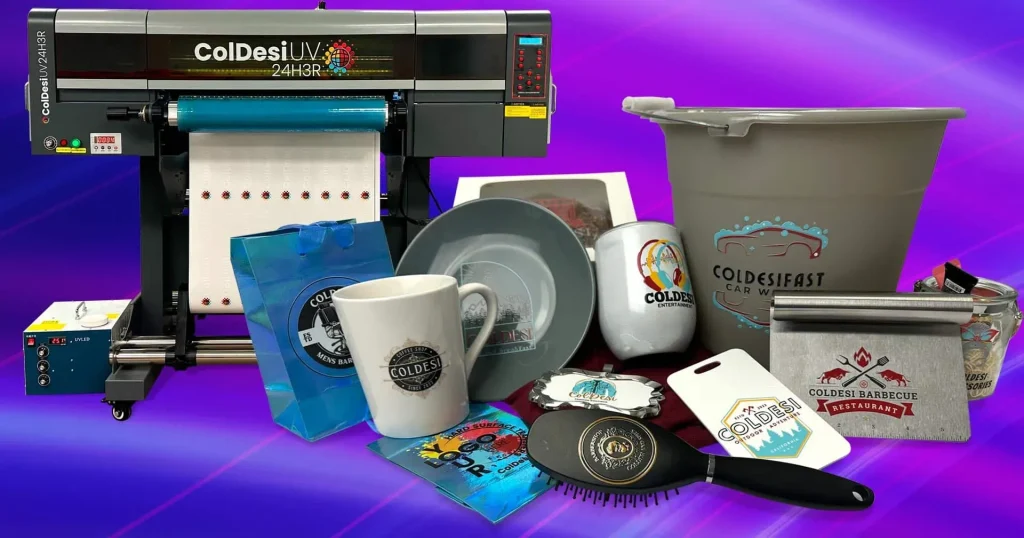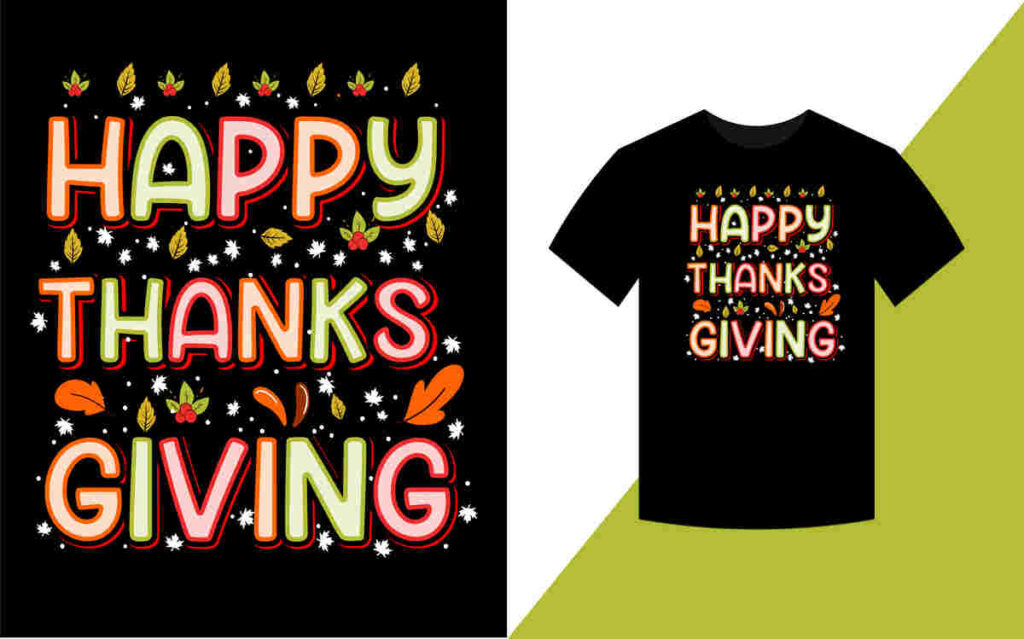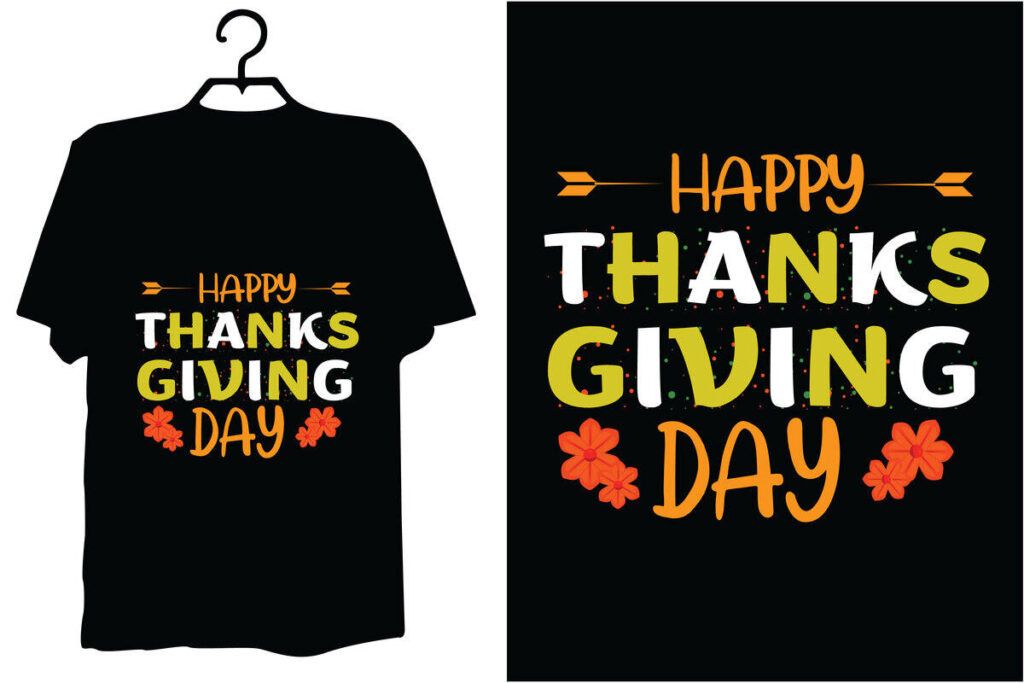In today’s fast-paced world, the demand for high-quality and customized products has led to the rise of innovative printing technologies like UV DTF Printing. This cutting-edge method combines the advantages of traditional Direct to Film printing with advanced UV printing technology, resulting in exceptionally durable and vibrant prints. With UV DTF Printing, businesses can effortlessly print on various materials, catering to a wide range of industries and applications. The eco-friendly printing solutions provided by UV inks also align with the growing consumer preference for sustainability. As we explore UV DTF Printing further, we will uncover its standout features, market trends, and the endless possibilities it presents for entrepreneurs and manufacturers alike.
UV DTF Printing, also referred to as ultraviolet direct to film printing, showcases a revolutionary approach in the realm of digital printing solutions. This state-of-the-art technique merges the principles of direct-to-film processing with the efficiency of ultraviolet inks, enabling remarkable printing on diverse substrates. It caters to a growing market for personalized product printing while emphasizing eco-friendly practices, making it a great choice for businesses focused on sustainability. Furthermore, the ability to produce high-resolution images with vibrant colors sets this method apart from traditional printing techniques. With a keen focus on customization and quality, UV DTF Printing is paving the way for the future of personalized manufacturing.
Understanding the Basics of UV DTF Printing
UV DTF printing stands out as an innovative technique that integrates Direct to Film technology with the capabilities of UV printing. This method utilizes ultraviolet light to instantly cure inks as they are applied to films, resulting in prints that are not only vivid and detailed but also highly durable. Unlike conventional DTF printing that employs water-based inks, UV DTF relies on UV-cured inks, which cure immediately upon exposure to UV radiation. This attribute enhances the printing efficiency as the prints can be handled right after production, significantly improving workflow in various manufacturing settings.
Moreover, this method allows for printing on a diverse range of materials. Textiles, plastics, metal, and even glass can be effectively printed using UV DTF technology, making it highly versatile for numerous applications. Businesses can now produce customized products that cater to different market segments, from personalized apparel to bespoke signage. This versatility not only increases the operational capabilities of print service providers but also meets the growing demand for unique, tailored products.
The Benefits of UV DTF vs. Traditional Printing Methods
When comparing UV DTF printing with traditional printing methods, several advantages become apparent. Firstly, the durability of UV DTF prints is a significant benefit. The UV curing process ensures that the prints are resistant to scratching, fading, and environmental wear and tear. This resilience translates into long-lasting products that maintain their quality over time, which is essential for businesses looking to provide value to their customers. Customers are more inclined to invest in products that promise longevity, making UV DTF a favorable choice.
Additionally, the color vibrancy produced by UV DTF printing is striking. The instant curing mechanism preserves the integrity of the ink, avoiding issues such as bleeding or smudging often experienced in traditional methods. As a result, high-resolution images with deep colors and crisp details can be achieved. This quality not only enhances the visual appeal of products but also allows businesses to stand out in a crowded market by delivering high-end, professional finish prints.
Applications of UV DTF Printing Across Industries
The applications of UV DTF printing are vast, spanning multiple industries due to its adaptability and quality. In the fashion industry, UV DTF technology is primarily employed for customizing clothing items and accessories, allowing brands to offer unique prints that reflect their identity and resonate with consumers. The ability to print on various materials also facilitates the production of promotional products, providing businesses with another avenue to market their brand effectively.
In signage and advertising, UV DTF printing excels by producing eye-catching graphics that are not only visually appealing but also durable against the elements. Businesses can use this technology to create outdoor signage, banners, and displays that maintain their integrity and color vibrancy, even when exposed to harsh weather conditions. This versatility makes UV DTF printing a sought-after solution for companies aiming to expand their branding and marketing efforts.
The Environmental Benefits of UV DTF Technology
Eco-consciousness is on the rise, compelling businesses to seek environmentally friendly approaches in their operations. UV DTF printing is gaining attention for its environmentally friendly characteristics, primarily because the UV inks used are generally free from volatile organic compounds (VOCs). This makes UV DTF printing a cleaner alternative compared to other traditional printing methods that often rely on harmful chemicals, appealing to consumers who prioritize sustainability in their purchasing decisions.
Moreover, the efficiency of UV DTF printing can also contribute to better resource management. The instant curing process reduces energy consumption and waste by minimizing excess ink use. Businesses can produce high-quality prints with less environmental impact, aligning their production processes with modern sustainability practices. As more consumers gravitate towards brands that demonstrate a commitment to eco-friendliness, adopting such technologies can create a competitive advantage.
Emerging Trends in UV DTF Printing Technology
As the UV DTF printing industry continues to evolve, several emerging trends are shaping its future. Significant advancements in ink technology, for instance, have led to the development of specialized UV inks specifically engineered for better adhesion across a wider variety of substrates. These innovations not only enhance print quality but also reduce overall ink consumption, which is an essential factor for businesses aiming to optimize their operational costs.
Furthermore, the introduction of faster and more efficient curing technologies has transformed operational capabilities in UV DTF printing. With reduced curing times, manufacturers can fulfill orders more swiftly without compromising print quality, ensuring customer satisfaction. The demand for rapid turnarounds in the marketplace highlights the importance of these developments, as businesses strive to meet ever-increasing consumer expectations for speed and quality.
Future of UV DTF Printing: Market Insights and Growth Opportunities
The future outlook for UV DTF printing is exceptionally bright, with expected robust growth forecasts across the industry. Market analysts predict a compound annual growth rate (CAGR) exceeding 10% in the coming years, driven largely by the increasing demand for customized printing solutions. As consumers continue to value personalization, businesses that adopt UV DTF technology stand to benefit from significant market opportunities, catering to a more diverse customer base.
Additionally, continuous advancements in technology will likely further enhance UV DTF capabilities, opening up new avenues for innovation. Companies that invest in these developments will be better positioned to meet the dynamic needs of their clients and maintain a competitive edge within the printing sector. Staying informed and adapting to these market shifts can empower businesses to harness the full potential of UV DTF printing.
Frequently Asked Questions
What is UV DTF printing and how does it differ from traditional DTF printing?
UV DTF printing combines UV printing technology with direct to film (DTF) printing techniques. Unlike traditional DTF printing that uses water-based inks, UV DTF employs UV-curable inks that harden immediately when exposed to UV light. This process leads to sharper, durable prints ready for immediate use, enhancing production efficiency.
What materials can be printed on using UV DTF printing?
UV DTF printing is highly versatile and can print on various materials including textiles, plastics, wood, metal, and glass. This capability makes it suitable for a wide range of applications, from customized products printing to promotional items and signage.
How does UV DTF printing ensure vibrant colors and high resolution?
The UV DTF printing process instantly cures inks as they are printed, which helps maintain color vibrancy and sharp details. This prevents issues like bleeding or smudging, resulting in high-resolution images that attract attention and meet high-quality standards.
Are there eco-friendly options available in UV DTF printing?
Yes, UV DTF printing utilizes UV inks that are typically free of volatile organic compounds (VOCs), making them a more eco-friendly printing solution compared to traditional inks. This sustainable practice appeals to environmentally conscious consumers looking for customized products.
What are the recent advancements in UV DTF printing technology?
Recent developments in UV DTF printing include specialized UV inks that enhance adhesion to diverse substrates, and innovations in curing technologies that have increased speed and energy efficiency. These advancements lead to reduced ink consumption and faster turnaround times for businesses.
What is the market outlook for UV DTF printing?
The market for UV DTF printing is projected to grow significantly, with a compound annual growth rate (CAGR) exceeding 10% in the coming years. This growth is driven by the rising demand for customized products and advancements in UV printing technology, positioning UV DTF as a key player in the future of the printing industry.
| Key Features | Details |
|---|---|
| Versatility | Can print on textiles, plastics, wood, metal, and glass; ideal for various applications like custom apparel and promotional products. |
| Durability | UV curing enhances resistance to scratching, fading, and harsh weather conditions, providing long-lasting prints. |
| Vibrant Colors and High Resolution | Deep colors and crisp details result from instant curing, avoiding risks of bleeding or smudging, leading to high-resolution images. |
| Eco-Friendly Options | Most UV inks are free of VOCs, making them a sustainable alternative to traditional inks, appealing to eco-conscious consumers. |
Summary
UV DTF Printing is revolutionizing the printing industry by merging traditional techniques with advanced UV technology, leading to high-quality and durable prints. This innovative process not only enhances versatility, allowing for a wide range of materials from textiles to metals, but it also ensures vibrant colors and high-resolution output with minimal environmental impact. The recent developments in ink technology and curing processes are making UV DTF printing faster, more efficient, and cost-effective, positioning it as a preferred choice for businesses looking to meet the growing demand for customized products. By investing in UV DTF printing technology, companies can cater to their customer’s diverse needs while staying ahead in a competitive market.



